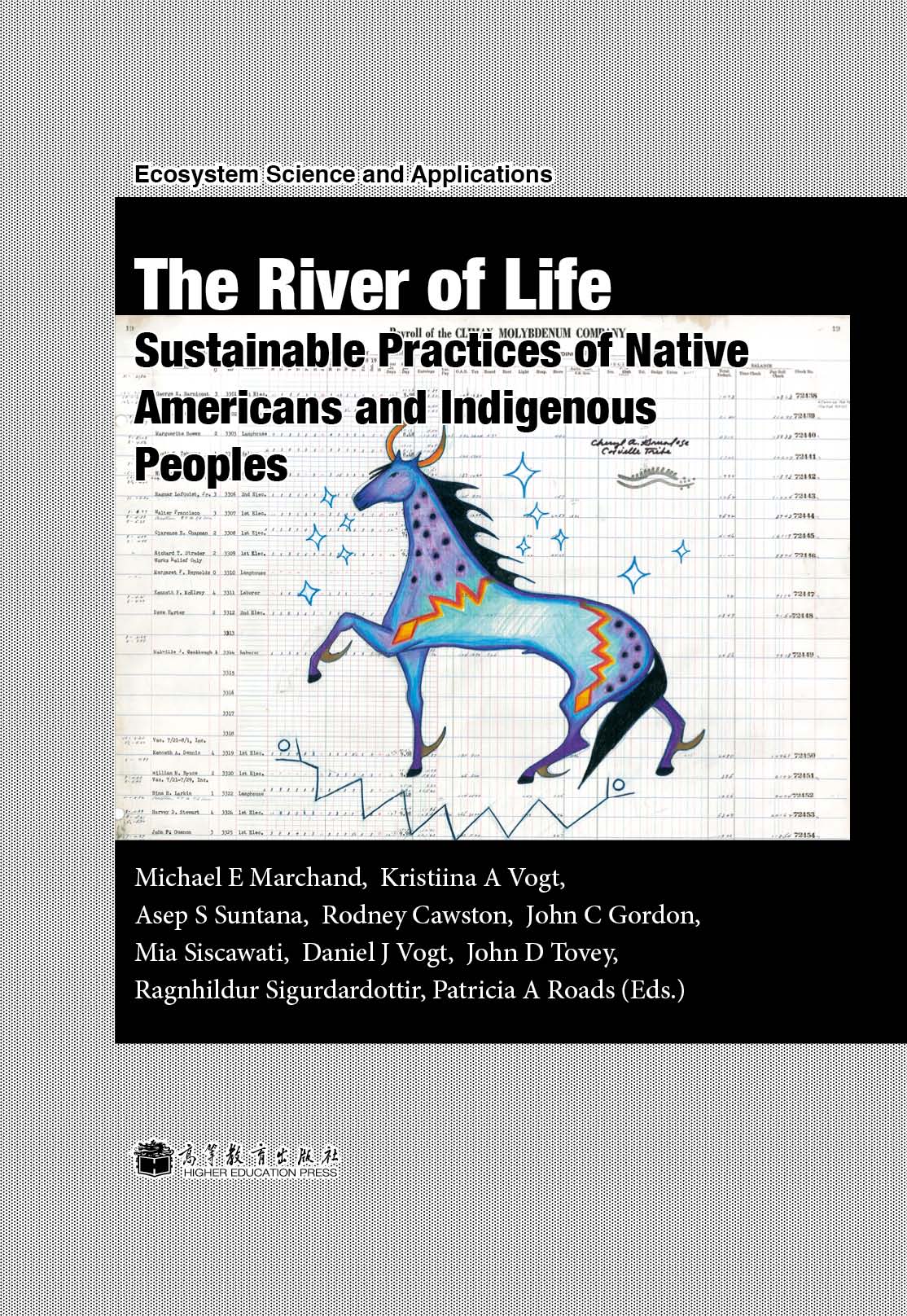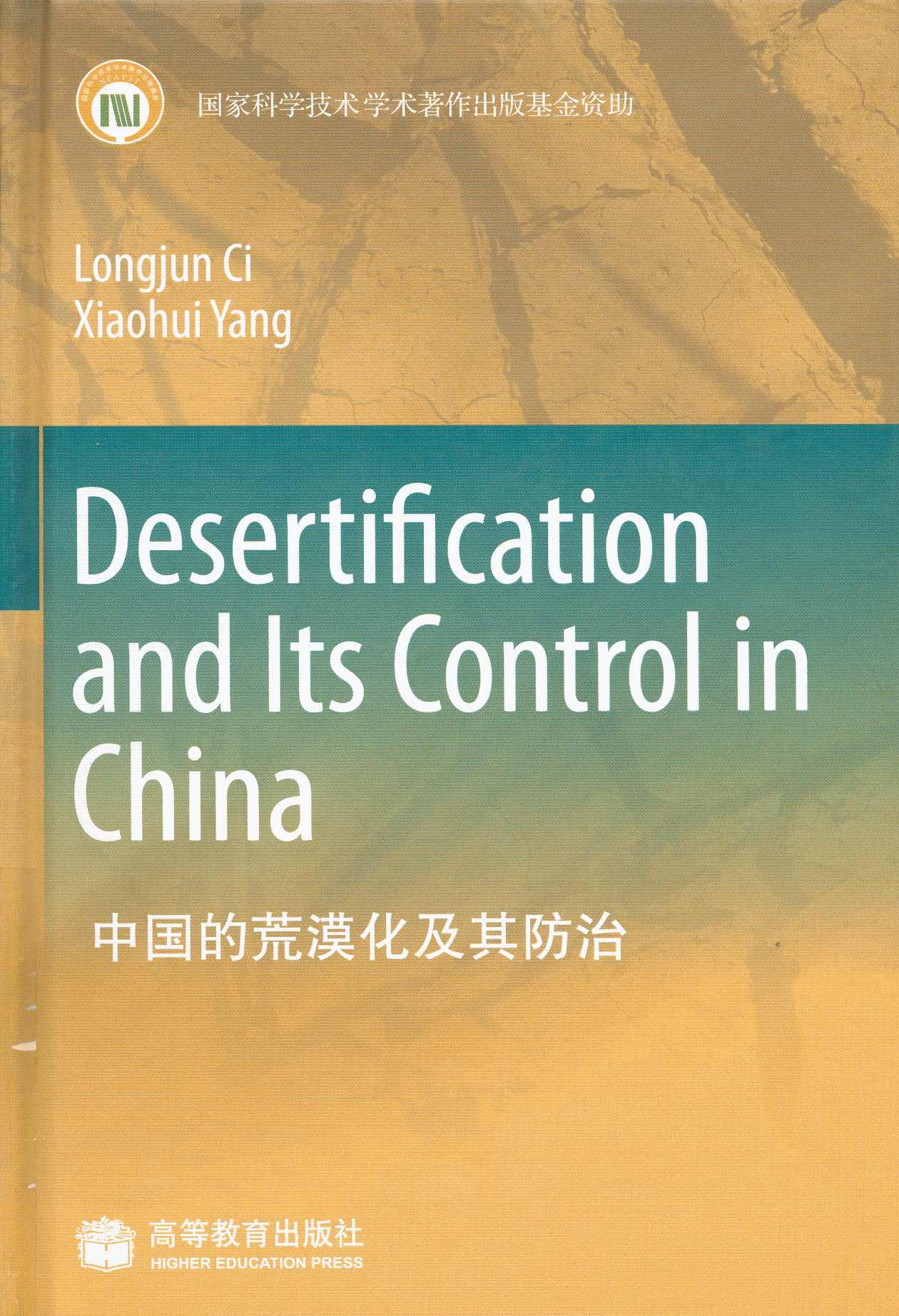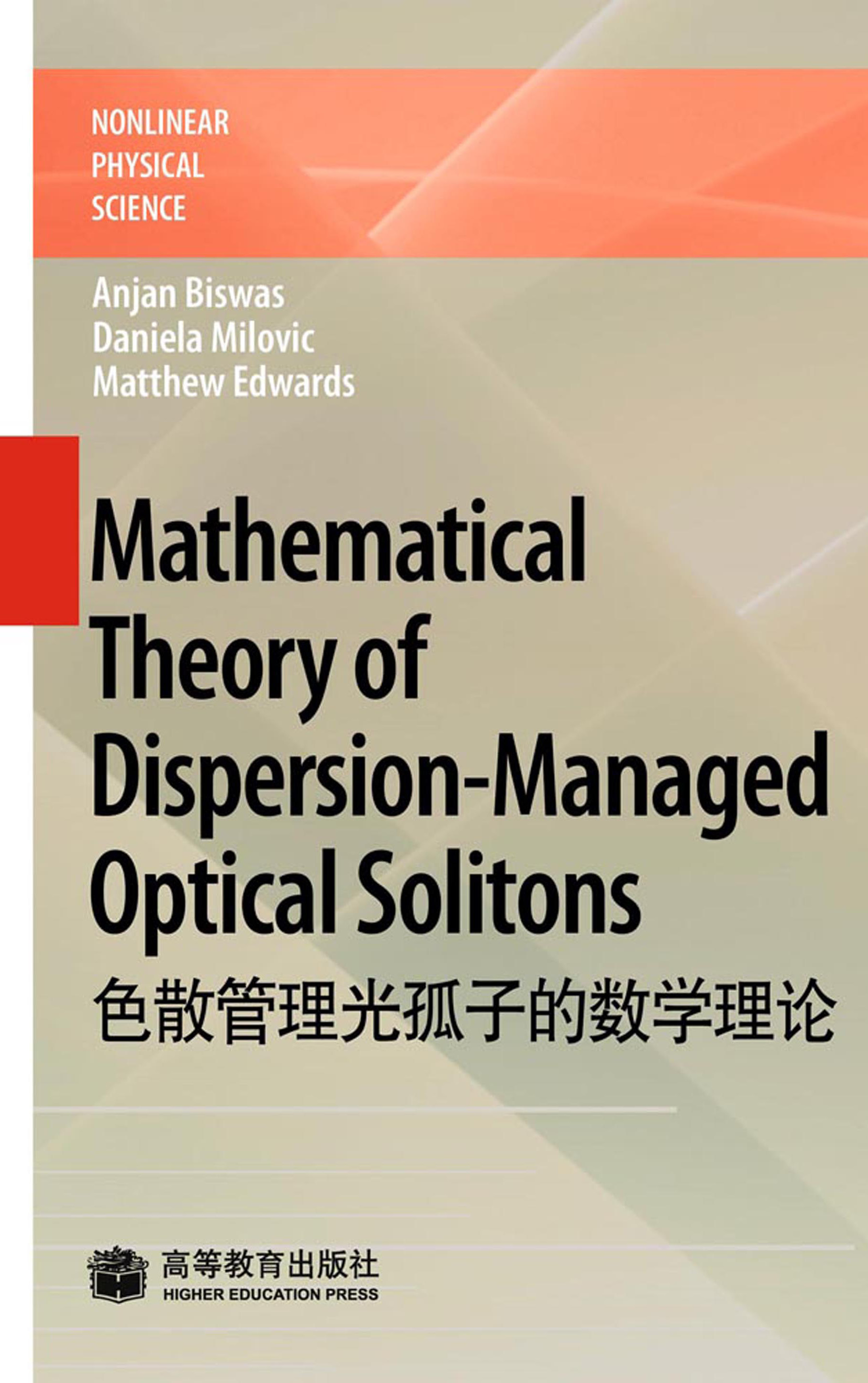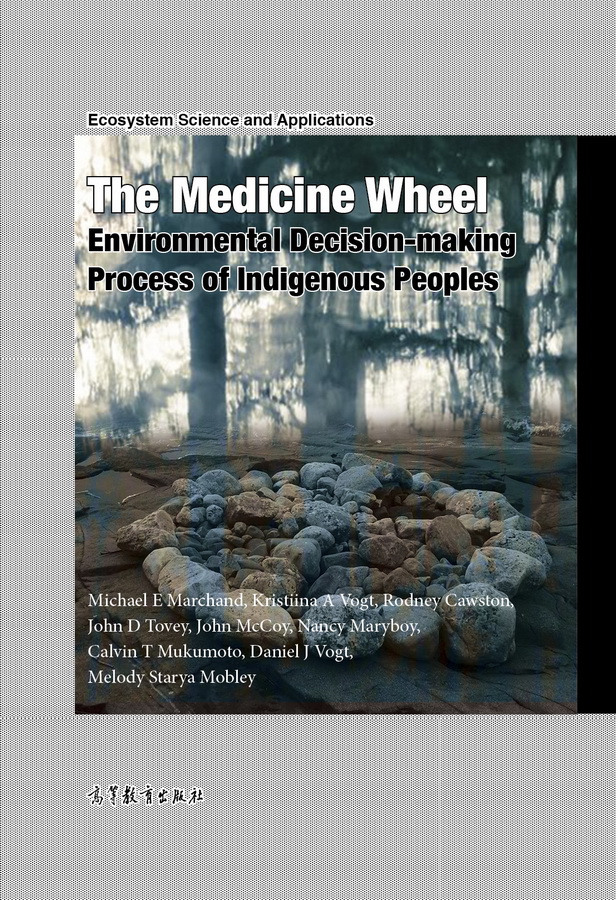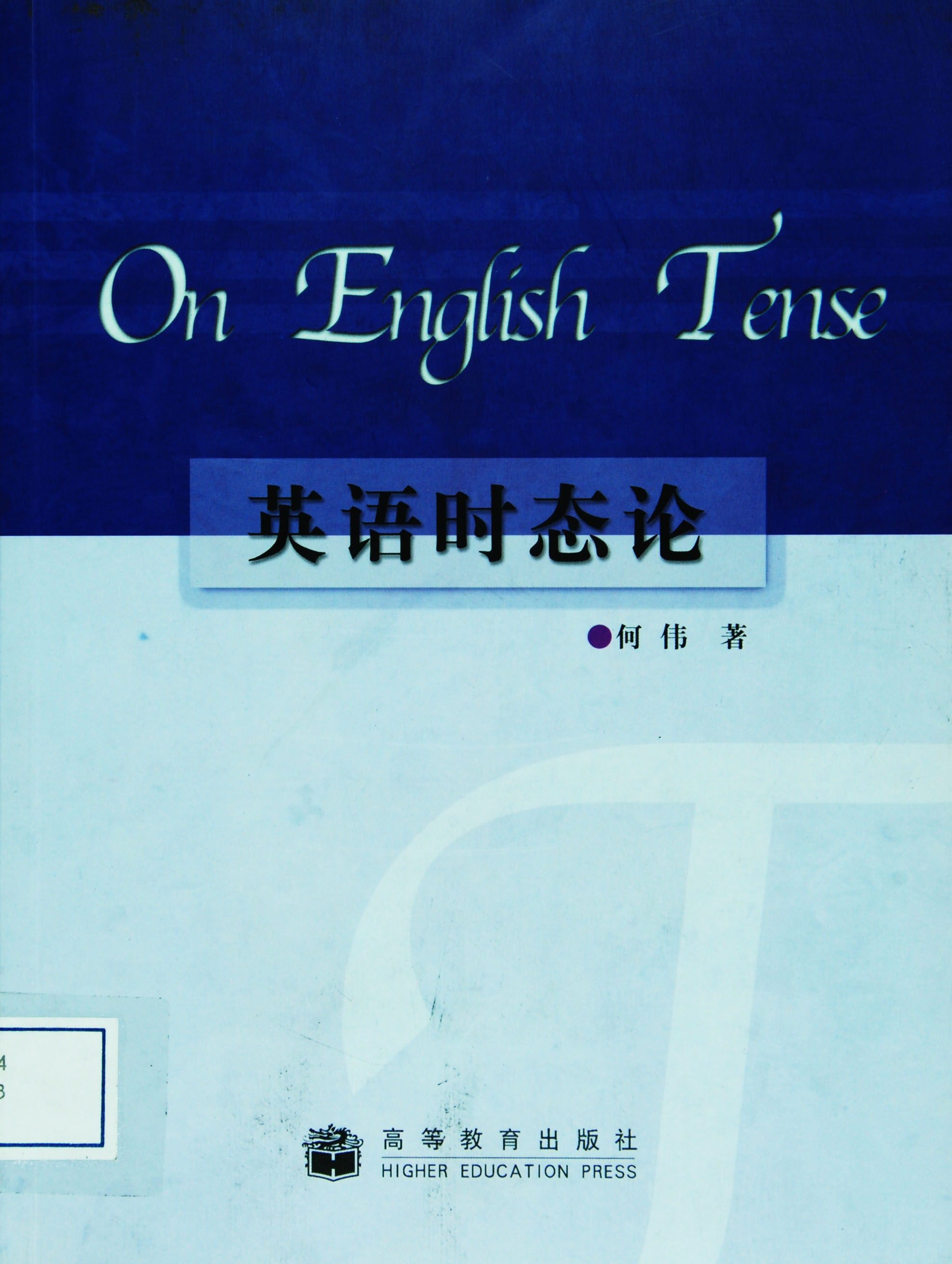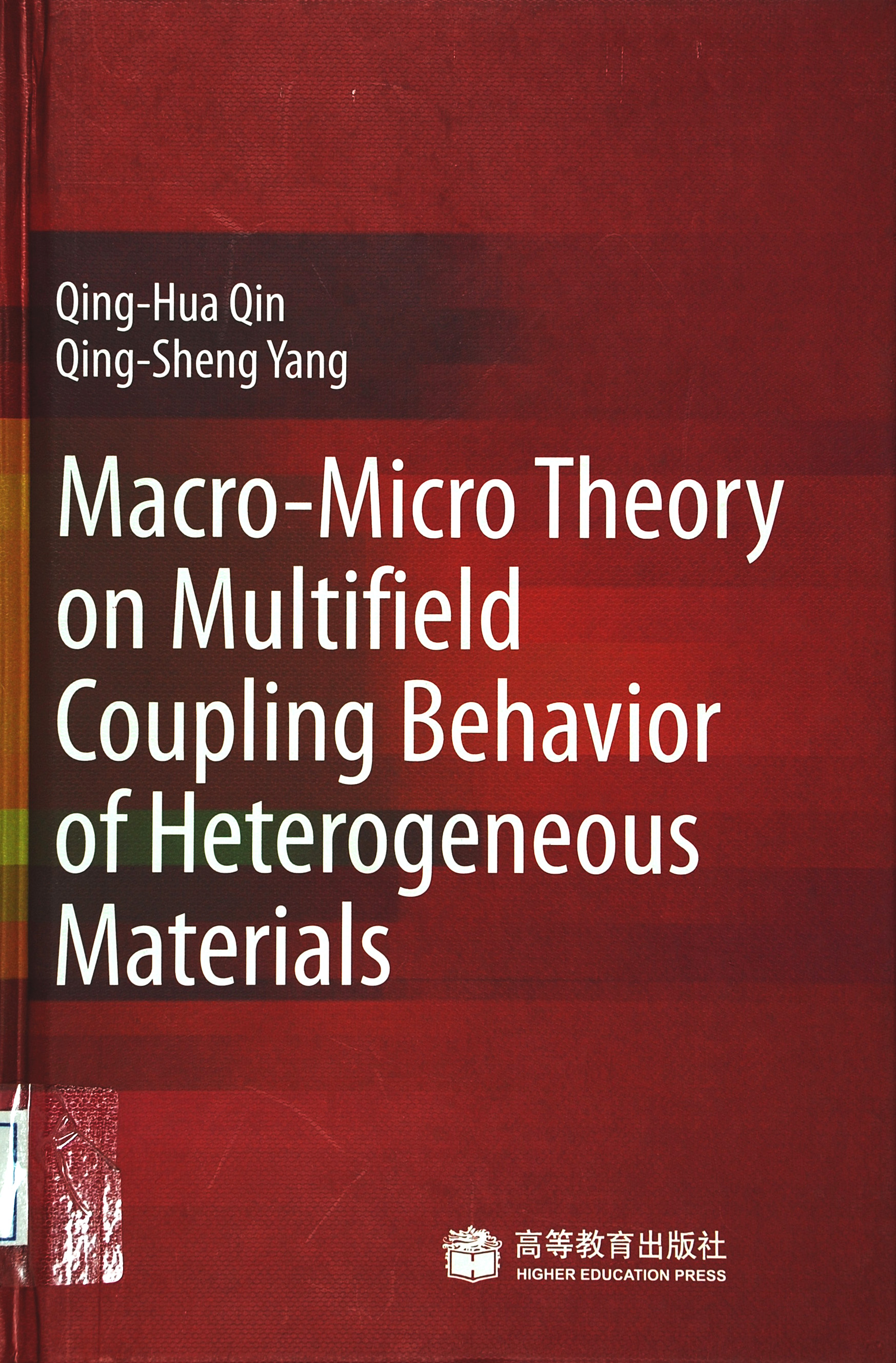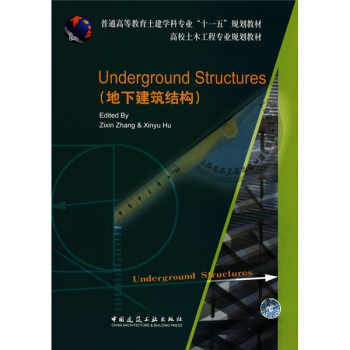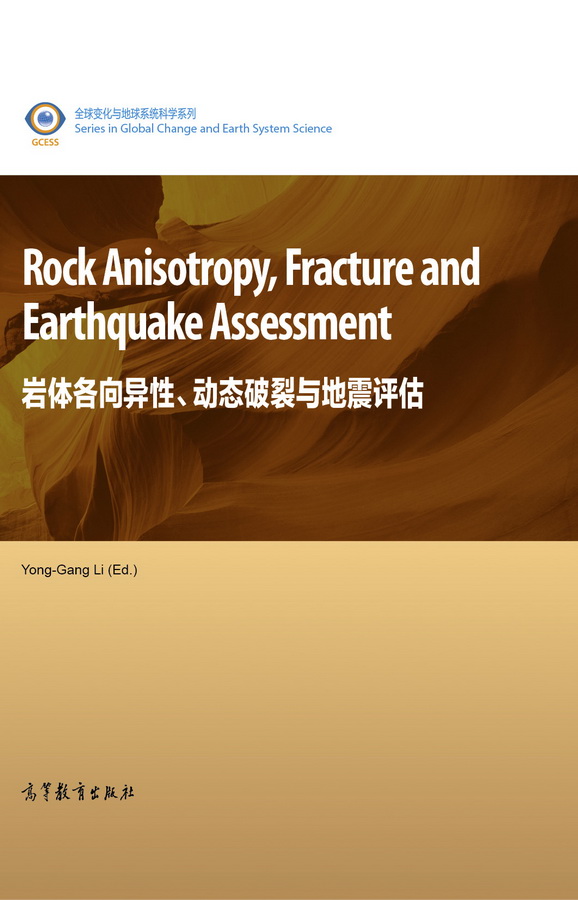生命之河:美国本土人民的可持续实践(英文版)
作者: Michael E.Marchand等
出版时间:2013-09
出版社:高等教育出版社
- 高等教育出版社
- 9787040375411
- 1版
- 227421
- 48266381-2
- 精装
- 16开
- 2013-09
- 400
- 292
- 农学
- 自然保护与环境生态类
- K712.8
- 生态、环境、地学
- 研究生及以上
《生命之河(北美土著人的可持续实践英文版)》内容介绍:Sustainability defines the need for any society to live within the constraints of the land's capacity to deliver all natural resources the society consumes. This book compares the general differences between Native Americans and western world view towards resources, It will provide the 'nuts and bolts' of a sustainability portfolio designed by indigenous is book introduces the ideas on how to link nature and society to make sustainable choices. To be sustainable, nature and its endowment needs to be linked to human behavior similar to the practices ofindigenous peoples. The main goal of this book is to facilitate thinking about how to change behavior and to integrate culture into thinking and decision-processes.
《生命之河(北美土著人的可持续实践英文版)(精)》的作者是马钱德。
Front Matter
Sustainability: Learning from the Past
1 The Context for Our Sustainability Story
1.1 Post-1492: European Colonialism Impacts on Peoples ofthe Americas
1.2 Post-1492: European Colonialism: Thirst for Resource-rich Lands
1.3 We Need A Different Glue to Make Sustainability Work
1.4 Essential Sustainability: Insights from A Water Metaphor
1.4.1 Water—A Scarce Global Common Resource
1.4.2 Water as A Sacred Resource
1.4.3 Water, Water Everywhere but Still Scarce
1.5 Our Coyote Mascot Blends the Dual Nature of Sustainability
1.6 A Tribal Perspective on Sustainability Coyote Essentials
2 Battles to Eliminate Native American Traditionsand Cultures
2.1 European Colonial “Manifest Destiny”
2.1.1 Taming Indian Lands through Agriculture
2.1.2 Euro-Americans Settling the “Wild West”
2.1.3 Becoming Civilized: Redemption and Westward Migration
2.2 War on Native American Cultures and Traditions
2.2.1 U.S. Relocation, Termination and Assimilation Policies
2.2.2 Removal of Buffalo for “Manifest Destiny”
2.2.3 Removal of Salmon in the Pacific Northwest
2.2.4 Building Dams on Tribal Lands
2.3 Contemporary Context of Native American Lands and Resources
A Lens on Cultures and Traditions of Indigenous Peoples andLocal Communities
3 Introduction to Folklore and Cultural Survival
3.1 Western World Stories
3.2 Inter-generational Indigenous Cultural Stories
3.2.1 Learning Nez Perce Culture while Growing Up as Rememberedby Rodney
3.3 What Does It Mean to Be A Traditional Ecological Practitioner?
3.3.1 Break the Law When Practice Culture
3.3.2 Indian Spirituality
3.3.3 Native American Languages
Portfolio for Sustainability: Native American Behavior Blendedwith Western Science
4 The Nuts and Bolts of A Sustainability Portfolio
4.1 Practicing Indigenous Cultures and Traditions
4.1.1 Cultural Forest Practices in the Halimun Ecosystem Area,Indonesia
4.1.2 Essential Practices of A Sustainable Portfolio as Summarizedby John D Tovey
4.2 Humanizing Sustainable Practices
4.3 Western World Ecosystem and Adaptive Management
4.4 Recognize Western World and Indigenous Community Differences inHow Humanize Sustainability
5 Portfolio Element : How to Connect Societywith Nature
5.1 Divergent Models of “Wild” Nature and How Different SocietiesConnect to It
5.2 Western World Model: Nature Bounded by Borders
5.2.1 Nature Needs to Be Controlled
5.2.2 Zoo Becomes A Nature Experience
5.2.3 Today’s Nature: Bounded Larger Artificial Landscapes
5.3 Native American Model: Borderless Nature
5.3.1 American Tribes: Nature, Sense of Property Is Culture-based asTold by Mike
5.3.2 No Walls: Active Landscape Management, Nature Not Wasted
6 Portfolio Element : How to Make Practical andRealistic Decisions
6.1 To Become Sustainable Don’t “Throw Out the Baby withthe Bathwater”
6.2 Leave Your Individual Biases Outside the Door 146
6.2.1 “False” Indian Stories
6.2.2 Stories of “Real” Indians
6.2.3 The Life of John McCoy
6.3 Think Slowly and for the 7th Generation
6.4 Long Scientific History but Short Human Memory
6.5 Inter-generational Adaptation and Grandmothers as Told byJohn D Tovey
6.6 Cultural Diversity the Norm in Regional Landscapes: Iban Tribe,Indonesian Borneo
7 Portfolio Element : Follow a Native AmericanBusiness Model
7.1 Company Business Plans or Village Economics
7.1.1 Non-tribal Business Plans
7.1.2 Tribal Business Plans
7.2 Western World Moving towards Humanizing Business Practices
7.2.1 Historical Recognition of Need to Humanize Economics
7.2.2 Human Development Index Rankings
7.2.3 Beyond Western Business Plans
7.3 How the Energy Intensive Business Model Made the Environmentand People of Iceland Less Resilient as Told by Raga
7.4 Reservation Lands Historically Undesirable but Rich inEconomic Resources Today
7.5 Trustee Exploitation of Tribal Resources on Reservations
8 Portfolio Element : Creative Governance fromConsensual Flexible Partnerships
8.1 Long Western World History: Few Stories of Consensual andEquitable Governance
8.1.1 Historical Top Down Governance
8.1.2 Historical Western World Governance Structures thatDid Include People
8.2 American Indians: Village and Confederacies Make NaturalResource Decisions
8.3 Link Taboos to Non-negotiable Values When Making
Culture as the Core of Native American Resource Leadership
9 Traditions Are Not JustWritings Found in Library Archives:Native Americans Driving and ControllingResources Today
9.1 Salmon Restoration and Tribal Co-management
9.2 Dams—Removal, Mitigation and Redesign
10 Final Words on Essential Native American Leadership
10.1 “Melting Pot” versus “Salad Bowl Assimilation” Discussion
10.2 Lessons from My Grandfather by Mike
10.3 Essential Tribal Leadership through Partnerships, Governance andSovereignty
10.3.1 One Tribal Business Model: Tulalip Tribes Building AFederal City
10.3.2 Increasing Collaboration on Nature Using the NativeAmerican Approach
10.4 Essential Sustainability: Building A Native American Behavior andThinking Toolkit
10.5 How to Do Business in A “Boom and Bust” Economy
11 Summary of All Book Coyote Essentials
References
Index

